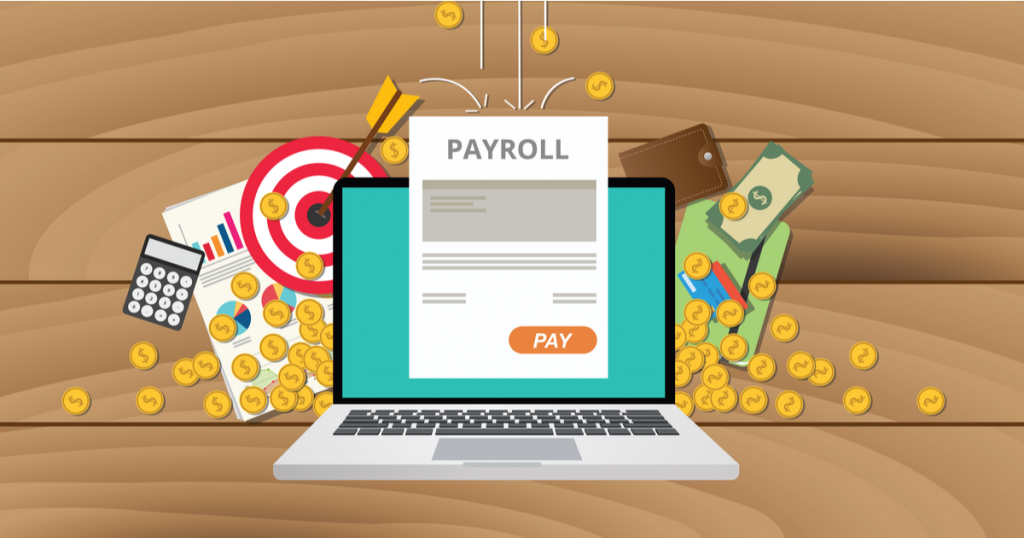How To Make Sense Of Your Payroll

If you’ve been following the news, you’ve likely heard a lot surrounding payroll taxes. They’ve been circulating because there are talks of doing away with them. Whether this will happen is up for lengthy and serious debate, and the idea has been met with strong arguments against their abolishment.
Before you can take an informed stance on the matter, you will need to understand payroll taxes. If you’re an employer, you will certainly need to understand payroll taxes because you are responsible for paying them, as are your employees. There are both legal financial consequences for not meeting this obligation. Even if you are self-employed, you will still need to pay, so let’s break them down.
Payroll Taxes Explained
Payroll tax is an umbrella term that covers two separate taxes: Social Security and Medicare. Social Security is a form of supplemental income for retirees, the dependents thereof, and the disabled.
Medicare, which began in 1966 under the Social Security Administration, is a national healthcare program. These benefits are available for people once they reach 65.
There is also another term that is used to cover Social Security and Medicare: FICA. This is an abbreviation for the Federal Insurance Contributions Act.
A Common Misconception
When you ask someone what a payroll tax is, you might get an answer that includes the words “income tax.”
It’s easy to confuse the two. After all, payroll and income aren’t that far apart, but payroll taxes cover the two specific types of employment taxes that we’ve already discussed.
I wish I were here to tell you that these are the only taxes you’d be required to pay, but they are not. And these other employment taxes are the ones associated with the term “income tax.”
In addition to FICA, employees need to pay state and federal taxes. Please note that I said employees pay these. With payroll taxes, both you (the employer) and the employee pay them. Income taxes, on the other hand, are only paid by the employee.
Other taxes that are covered under income taxes (all of which are paid for only by the employee) are State and Federal Unemployment taxes.
Calculating Payroll Taxes
In terms of Social Security, it is a flat rate of 12.4% to be split equally between the employer and the employee. That works out to 6.2% each.
This percentage might not apply to the entirety of your employee’s paycheck. As of 2020, this percentage is based on the first $137,700. Any money made after that is not taxable in terms of calculating the Social Security component of your payroll taxes.
Like Social Security, Medicare is a flat rate, albeit significantly lower. The rate is 2.9% and it is split equally between you and your employee (1.45% each). However, there is no limit on wages that can be taxed. Your employee will be taxed an additional 0.9% on any wages that exceed $250,000 if he or she is married and is filing jointly. That number is cut in half to $125,000 if he or she is married and filing separate. For anyone that does not fall into either of those two categories, the amount is $200,000.
123PayStubs
As an employer, you are responsible for payroll taxes. Though you have to pay these taxes, that doesn’t mean you cannot ask for help in doing so—affordable, reliable help. With 123PayStubs, you can generate a pay stub for your employee in minutes, and that includes accurate payroll tax (and income tax) calculations. You’ll have all the results with a fraction of the work.
Try 123PayStubs Today!


Leave a Comment